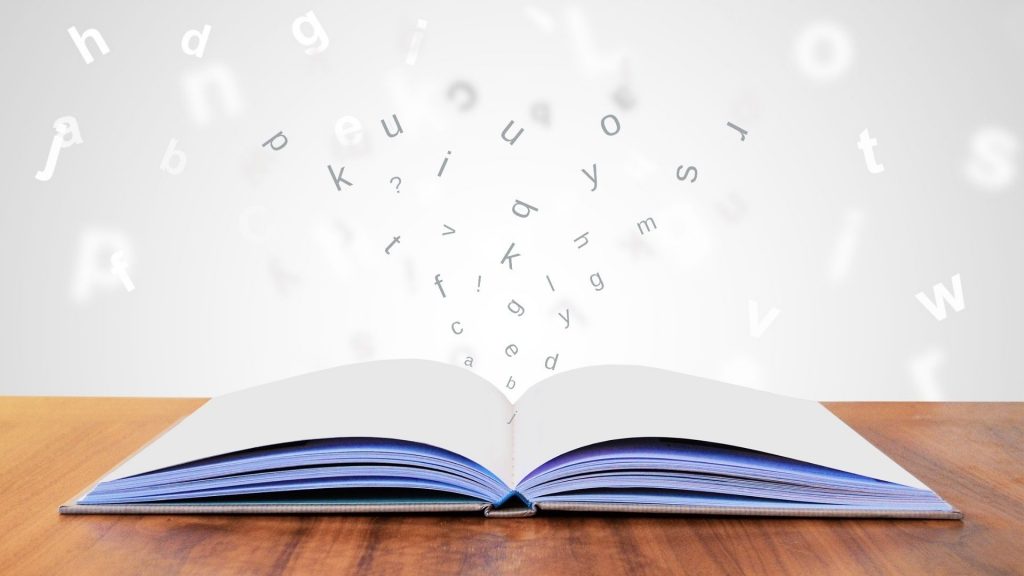How One School District Was Able To Boost Student Literacy This Year
While most schools are suffering in reading literacy, this school's reading program is boosting student success.

While schools are facing record drops in enrollment rates, teacher shortages, and failing test scores in subjects like English and math, one California school district has found a way to improve student literacy. COVID relief funds were distributed across the nation, funding public education with billions in school money. Many are still struggling, and even asking for more money, but the Lodi Unified School District has taken a different approach, as they invested in the students and have seen a great response to expanding a certain reading program that focuses on literacy and making learning fun.
This is mainly due to their use of a classroom collaborative called Systematic Instruction in Phonological Awareness, Phonics, and Sight Words, or SIPPS. Within this teaching tactic, students are given a structured learning approach that focuses on their individual needs. It was designed to not only improve overall literacy, but to engage students who are learning English as a second language, and dyslexic students as well. The reading program includes 3 tiers which begin with simple alphabetic phrases, and then expand to spelling recognition, which lead to more complex word pattern understanding.

Once students kindergarten through 3rd grade become versed in these concepts, they move on to SIPPS plus. This works to aid students in grades 4-12 to broaden their alphabetic and spelling pattern abilities, to eventually reach the Challenge Level — which serves to decode difficult patterns and word associations in literature. The logistics of this reading program may sound dry in explanation, but teachers are using these methods to get children excited about finding stories they love and sharing their excitement of learning to read.
The success rates speak for themselves. District-wide improvements have been notably recorded. Leroy Nichols Elementary doubled the number of 3rd grade students who met or exceeded state standards between 2014 and 2019. At Borchardt Elementary 53% of students tested 4 points higher than the California education average in 2019. It wasn’t difficult for district officials to decipher what to do after the 2020 lockdowns and COVID relief money was distributed, the district chose to expand their SIPPS program in an effort to not only company the loss of learning throughout the pandemic, but to exceed expectations and help students focus on reading and enjoying the power of literacy throughout their entire primary and secondary education.

$131 million in relief funds has been put into expanding the reading program. Lockeford Elementary specifically received $40,000 in COVID money to obtain SIPPS reading materials and reading scores are already showing an improvement. Starting at the 2021-2022 school year, just 18% of the school’s 1st graders were meeting education standards, but with the SIPPS classroom collaborative that number had improved to 44% by the mid-year report. In addition, students displayed better understanding and higher grade scores in other subjects as well. It seems that reading abilities affect students’ ability to understand and focus on subjects across various topics.
As this reading program continues to obviously display success, the district’s results may encourage other schools across the state to adopt it. The current public education climate is rife with many challenges. Solutions like these, which present positive experiences and success rates, are a sound route to getting public schools back on track to properly educating children.







